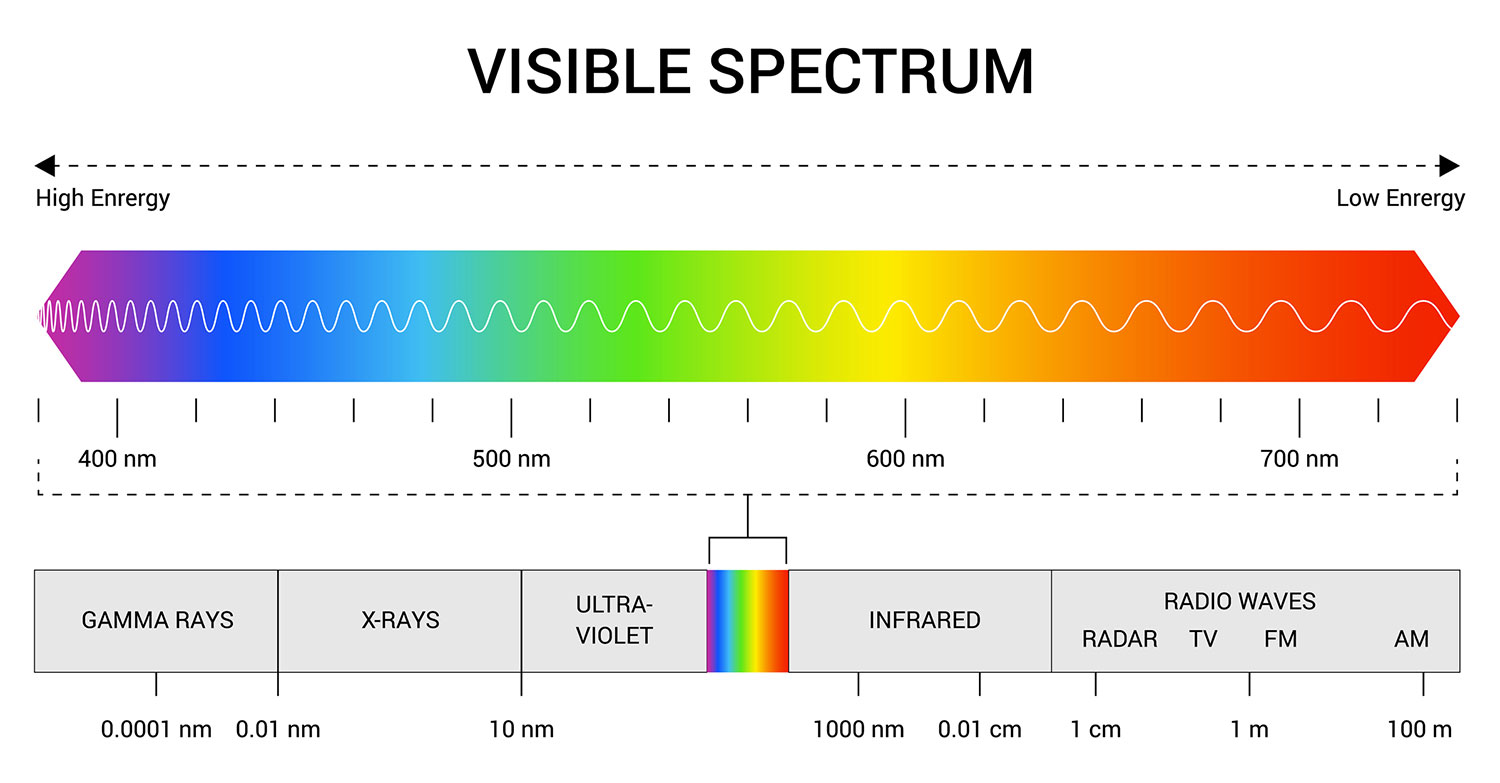PANOSETI Astronomical Program
- About
- Give Now
Researchers from UC San Diego, UC Berkeley, Harvard University and other national institutions are combing the skies for signs of extraterrestrial intelligent life. PANOSETI is an ambitious observatory project that will offer an "all-observable-sky" optical and wide-field near-infrared pulsed technosignature and astrophysical transient search that is capable of surveying the entire sky.
SETI (the Search for ExtraTerrestrial Intelligence) looks for signals from potential technical civilizations elsewhere in our galaxy, the Milky Way. Approximately 100,000 light-years in diameter, the Milky Way is composed of close to 400 billion stars. Although it was once believed that planets — particularly ones that could support life — were rare, we now know that most stars host planetary systems. Perhaps as many as 25% of stars have habitable planets — that’s 100 billion potential sites for life in our galaxy alone!
From everything we know, the best way to signal over interstellar distances is with electromagnetic waves (“light”), which inhabit the familiar spectrum from radio, through microwave, infrared, visible light, and on up through x-rays and gamma rays. Electromagnetic radiation is easily generated and detected, and passes relatively unhindered through the galaxy, traveling at the speed of light.

Optical SETI is in the visible portion of the electromagnetic spectrum, light.
Consider this: if we only look occasionally at any given star, and if aliens only transmit intermittently in our direction, the chances of detection are small because they may transmit at a time when we’re not looking. The same is true for rare astrophysical phenomena, such as gamma-ray bursts and fast radio bursts. This is why we have designed a system of many telescopes, pointing all over the sky, to approximate an "all-sky, all-the-time" search. Each telescope (of dozens) covers a 10° by 10° patch of sky, with a thousand sensitive, fast (nanosecond-speed) detectors, seeking the elusive flash that would change forever the way Earth sees its place in the universe.
PANOSETI is designed to detect any optical (visible light) transient phenomena. These transient events could be bursts of light lasting from a nanosecond (a billionth of a second!) to seconds. There are a range of compact astrophysics objects — merging black holes and neutron stars, supernova events, accreting supermassive black holes — that could potentially generate bright flashes of optical light. These transient, bright astrophysical events are rare in occurrence and difficult for traditional optical telescopes to discover, given their small sky coverage. A dedicated observatory that is taking nanosecond images over thousands of square degrees will have the capability to make such discoveries.
PANOSETI would have been impossible a decade ago. It exploits recent technologies such as solid-state photomultipliers, highly capable integrated circuits (dense FPGAs, signal-conditioning ASICs), fast (10 gigabit/s) optical fiber links, efficient computing servers and storage arrays, and the use of AI-assisted machine learning to recognize unusual events. These advancements enable a sensitive all-sky, all-the-time search for optical transients, whether of intelligent or natural origin.
To learn more technical details about PANOSETI please visit the OIR Lab website.